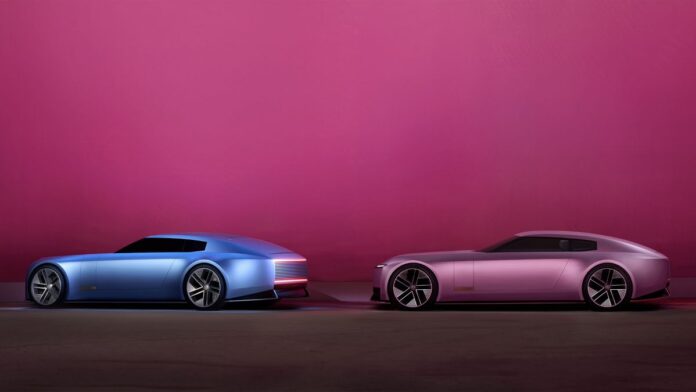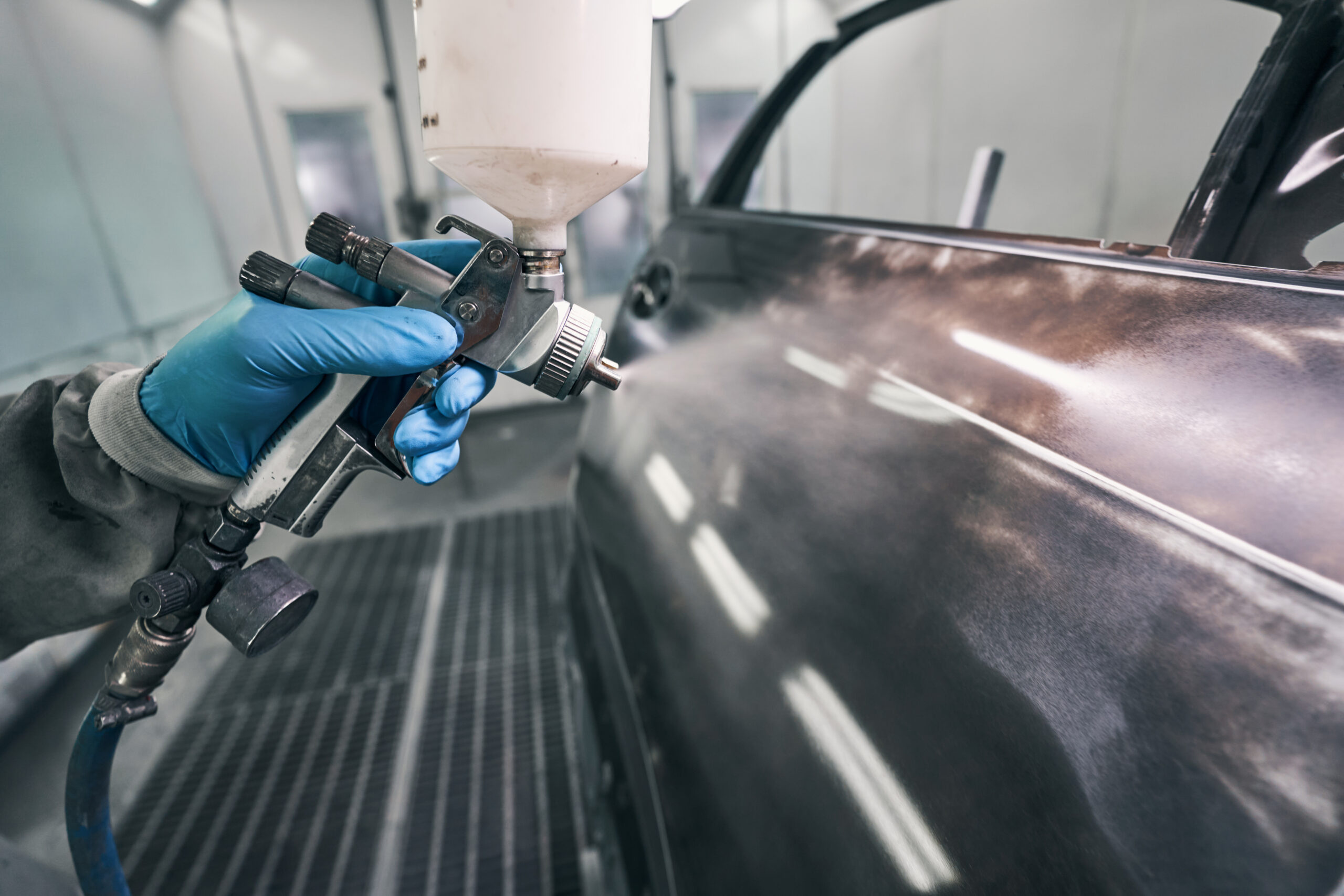Better by design? Not necessarily so according to Andrew Marsh FIMI, Hon IAEA Fellow, who discusses the design dilemmas facing consumers and how these might eventually impact on repairers as EU and UK-based manufacturers battle it out for their custom.
Trying to decode how a manufacturer has come up with a model – Ford Capri for example – is fun, especially when trying to decipher what customer it will attract. A Lamborghini Urus is not inexpensive, the external parts and much of the interior is unique to Lamborghini, the order books – small – are full. Yet all the main investments – body structure, powertrain, suspension / steering – are based on components originated from or shared with Audi, Volkswagen as well as Porsche.
So, the speculation begins.
Just what does a customer see in a Urus that they don’t see in an Audi RS Q8, or the Bentley Bentayga?
Urus represents the spirit of Lamborghini and the reality – a user might well own mid-engine models as well, but know that the Urus is the work horse which has the same relatively extreme design language. Before we think about other concepts, a Lamborghini saloon for example is going to take some hefty marketing – and might work, but right now, is less likely to.
In effect, the land of super expensive cars have accepted ‘legends’ which reward lucky owners with lower than usual rate of depreciation, some fine but largely invisible vehicles (Aston Martin DBX, for example) which are not complimented the same way, and tortured lesser vehicles dressed by the likes of Kahn Design or… Mansory. The latter vehicles are usually taste free, but the companies seem to sell their confections to a dedicated if tiny number of buyers.
Mainstream conformity
The typical aspirational vehicle from China, for example, will have pure electric or PHEV powertrain – the latter to get around impending EU27 tax tariffs. The body will have light bars on both ends, have Qualcomm Snapdragon processing chip for immense in-car entertainment which appears on acres of touch screens. Of course, these vehicles will be marketed as ‘close to’, ‘equal to’ or ‘better than’ Porsche, which is a lump of internal China marketing lobbed into the international vehicle market.
The vehicles? Anything from a Tesla Model Y competitor to one step removed from an e-Scooter.
The deeper problem.
European design studios have recycled designers, and in the process ended up with an averaged set of design themes. Recently these have been tuned with ‘bling’ and extended rear seat leg-room to appeal to customers in China, but that market has become increasingly self-satisfied with domestic products. After all, China is set to build 32 million vehicles – one third of the global output – in 2025.
In effect the averaged design combined with corporate identity means, for example, badges from Audi to Seat to Skoda to Volkswagen can be applied to any design – the individual brand language has been diluted. In turn this leads to real consumer confusion, and for the manufacturer, the potential to have sales success with lower margin products at the expense of more profitable vehicles.
Yet, JLR for example with a pretty long record of ‘difficulties’, seem not to have too much difficulty selling vehicles. In other words, the consumer is driven by more than the outer skin form or interior features of the vehicle. The vehicles have ‘soul’ – or, at least, I think that’s what customers say….
Why should collision repairers care?
We are on the cusp of a truly huge event. If the EU and UK based vehicle manufacturers don’t sort out their identity, they face a long, hard battle with the might of China. European manufacturers carry inherently higher wage costs, higher energy costs and usually are first to create something whereas the China manufacturers still prefer endlessly reverse engineering products ‘as seen’ elsewhere.
It’s a battle the EU27 plus UK manufacturers cannot simply give into.
Mazda produced a perfectly capable saloon and estate called Mazda6, which appeared in 2013. It was equipped generously with ADAS, and did very little wrong. It met with some success, following a long line of similar products from the days of the 626.
However, this appeared at the moment SUVs were high fashion, estates sold in limited numbers globally, mainly in Europe, and it soldiered on with two facelifts until 2023. Of course, by this time some aspects of the SUV craze had started to frazzle, and the European market in effect needed a pure electric powertrain replacement model.
Enter the Mazda6e.
This is what our future looks like.
Mazda6e is the product of a partnership between Mazda and Changan Automobile.
Changan via it’s China only brand Deepal launched the 5door hatch SL03 on its brand-new BEV ‘EPA1’ in 2022. By 2024 the SL03 was facelifted to become the L07, complete with Huawei’s “Qiankun Smart Driving” ADS SE autonomous driving system. This was also introduced on the saloon S07.
At the same time Changan Mazda revealed their first joint venture based on L07 in April 2024, called the Mazda EZ-6. Compared to the Changan base model the EZ-6 had revised bumpers, front wings, bonnet, headlights, tail lights, rear quarter glass and rear quarter panel. The Mazda EZ-6 production started in July 2024 with domestic sales starting on early November 2024.
Meanwhile, Mazda Europe were busy planning for the Mazda EZ-6 to become the Mazda6e, due to be delivered to European consumers by the middle of 2025.
This is the point.
EU27 plus UK is where significantly greater profit per vehicle can be realised, yet we are almost the last to get the new model. One can only imagine what the rest of the support – software, parts, and more – will be like, but I am sure Mazda Europe will do their best to provide what is needed.
If the consumer is confused by all of this, then the idea of ownership excitement will be more elusive. If, so, there is less drive to keep a vehicle in good shape. These are the big dangers for our sector, and we need to follow this closely to maintain repair volumes.




